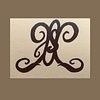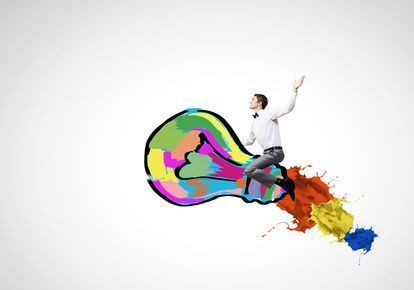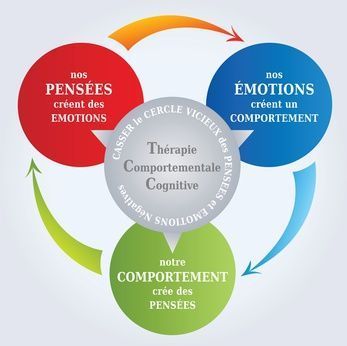Coaching is an educational learning process, based on the principles of cognitive behavioural therapy. The concept emerged in the field of sport, then spread to include any field. It addresses people not experiencing psychological suffering in the strict sense of the term.
It is used for achieving objectives and ultimately self-fulfilment by seeking to eliminate internal and external obstacles impeding this achievement.
It can be equated with steering, guidance or monitoring where the coach helps the person develop greater awareness, responsibility and self-confidence.
"Coaching is more about helping people learn rather than teaching them facts" (coaching pioneer Sir John Whitmore).
Any good CBT therapist also helps in the therapeutic process. He encourages the patient to overcome obstacles in order to get beyond his difficulties, but he also seeks the resources and potential to be developed in his patient, helping him as far as possible to achieve self-fulfilment, by undertaking responsible action(s) in accordance with his wishes.






